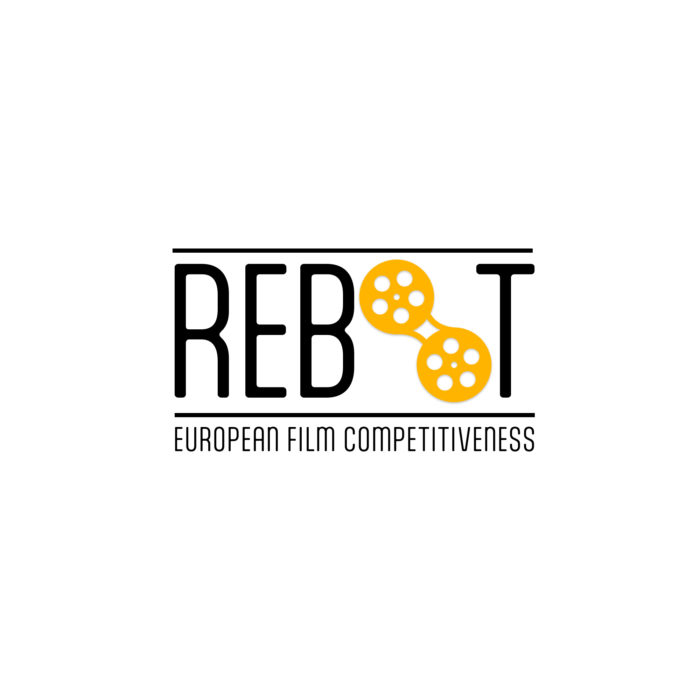This report by Evangelia Psychogiopoulou, Apostolos Samaras, Laia Comerma, Antonios Vlassis and Dealan Riga examines the development and evolution of the European Union’s action in the film and broader audiovisual sector. It assesses the ways in which the EU has approached, defined and sought to promote the ‘competitiveness’ of its audiovisual sector and the European film industry (EFI), taking into account the evolving technological context and other significant changes that have taken place. As the EFI and the audiovisual industry are situated at the intersection of the economy and culture, the report combines its study of the concepts of ‘competitiveness’ and ‘cultural diversity’. It follows the development and evolution of EU policy in the field of interest, analysing the ways in which the EU institutions have understood and addressed the two concepts in advancing and applying their policy and legislative initiatives.
To do so, the study engages in an in-depth diachronic textual analysis of legislative and non-legislative acts and policy documents issued by the EU institutions. The analysis covers a corpus of 183 documents published by the European Commission, the European Parliament, the Council of the EU, and the European Parliament and the Council as co-legislators over a period of more than 40 years, along with a selection of documents issued by the Council of Europe. Given the significant corpus of documents and the long historical period under examination, the research question guiding the analysis is approached from various perspectives. As such, the study combines quantitative and qualitative methods of textual analysis, which enhance each other.
The concepts of ‘cultural diversity’ and ‘competitiveness’ both have a multifaceted nature, and this results in an intricate synergy when they are employed concurrently. The tension between the economic, cultural and political aspects of the EFI and the audiovisual industry led the EU to seek balance, promoting the competitiveness of its audiovisual industry without compromising the protection of its cultural diversity. This is reflected in the regulatory framework established, the funding instruments enacted, and the policy approaches contemplated and adopted by the EU, which on the whole display an increasingly sophisticated understanding of ‘cultural diversity’ and ‘competitiveness’. The analysis shows that both concepts generally reflect certain ‘market’ and ‘non-market’ values in EU policies vis-à-vis the audiovisual sector and the EFI. It also shows that the two notions have become increasingly interrelated and not necessarily opposed to one another.
This study has several policy implications. More than anything, EU policies for the audiovisual sector and the EFI should meaningfully recognise the dual nature of audiovisual goods and services and hence their cultural value on the one hand and their economic value on the other, especially in the context of the digitalisation and ‘platformisation’ of the audiovisual industry, which the COVID-19 pandemic has accelerated. This can help increase synergies and fruitful interaction between the notions of ‘cultural diversity’ and ‘competitiveness’ in policymaking.
Suggested citation:
Psychogiopoulou, A. Vlassis, A. Samaras, L. Comerma, D. Riga (2024): Competitiveness in European Law. The REBOOT Project



